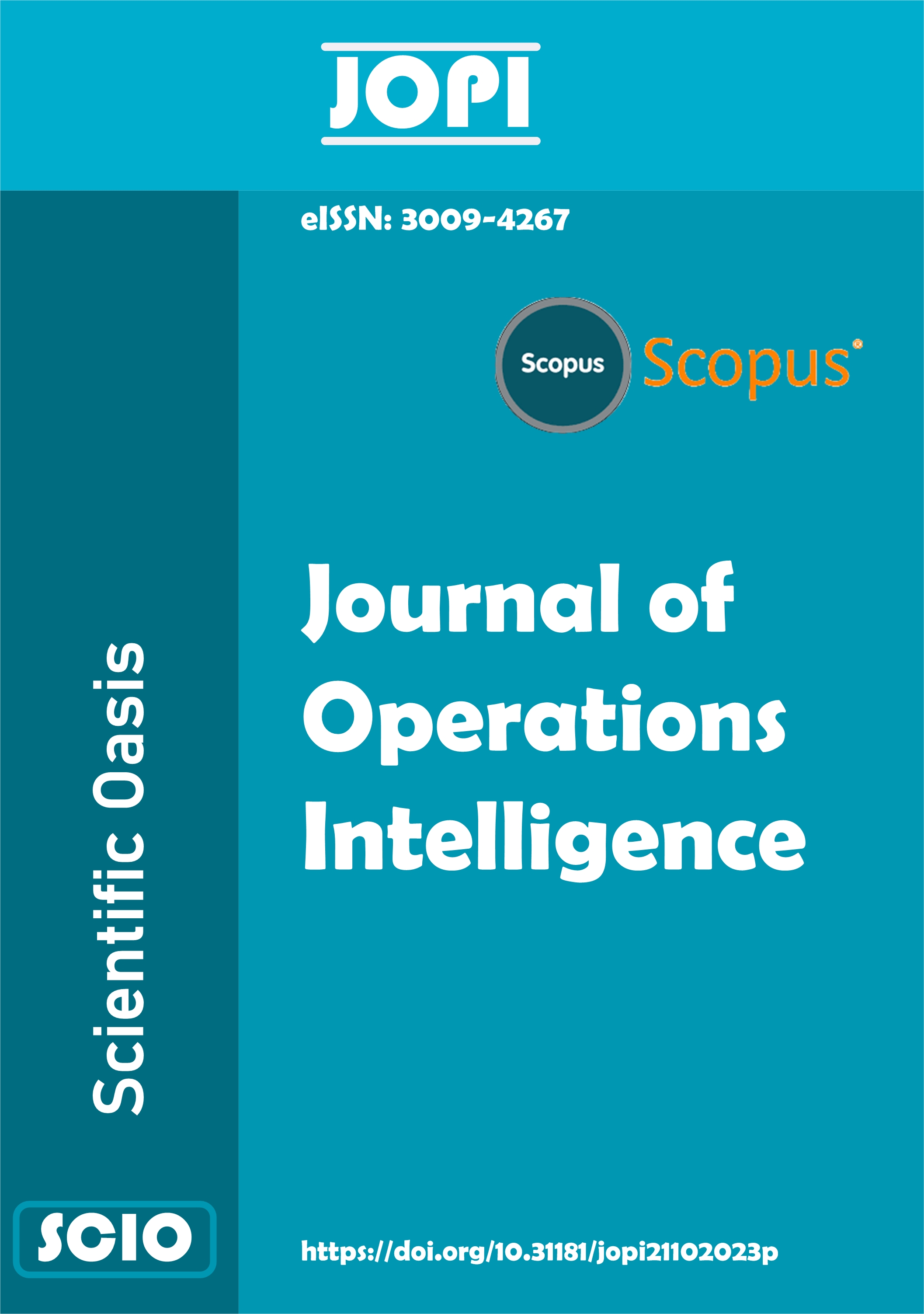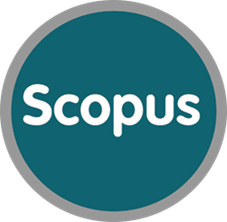Journal Information
Production Process: 7 days
Acceptance rate: 21%
Plagiarism: <18%
Language: English
Review process: Double-blind
Open access: Yes
Copyright: CC-BY 4.0
eISSN: 3009-4267

Paper template - Word/LaTex
The Journal is indexed or abstracted in:

Other information:

Visitors Statistics














